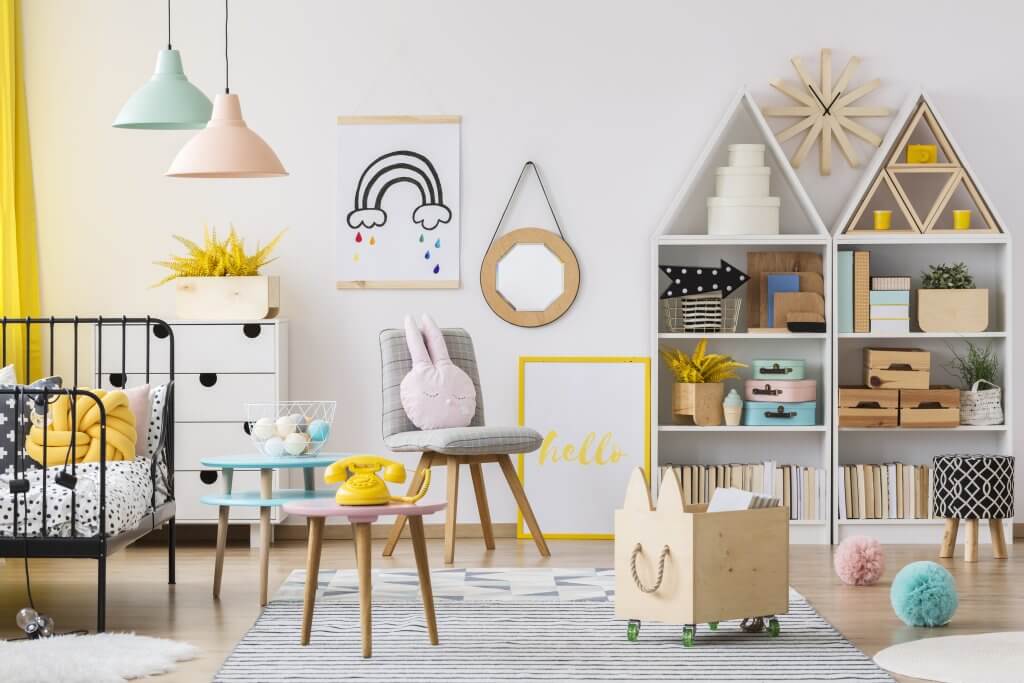
Have you ever wondered how to help kids who struggle with decluttering? If not, you are fortunate. However, I’m guessing I am not the only person to start out on a decluttering journey with not everyone in my house on board.
As I am working through this with my kids, I have figured out a few ways to help kids who struggle with decluttering.
The drive to declutter
Disclosure: As an Amazon Associate I earn from qualifying purchases. Please note that I only recommend products I use and love. Click here to read my full disclosure policy.
When the declutter bug bites you, it’s hard to let it go. It hangs on as it nags you to let go of things in search of a simpler life. This happened to me and I can’t seem to shake it.
I’m in a constant state of wanting to purge items and live with less. I long for making housework and maintenance easier on myself. My desire is to take more of my time back and spend it on other things.
Unfortunately, not everyone in my household shares my feelings about clutter. I am certain my husband does not look around the house thinking of what he could get rid of. Nor do our children.
In fact, my daughters trade off on which of them wants to keep things and which wants to let them go. Decluttering is exceedingly difficult when no one can agree.
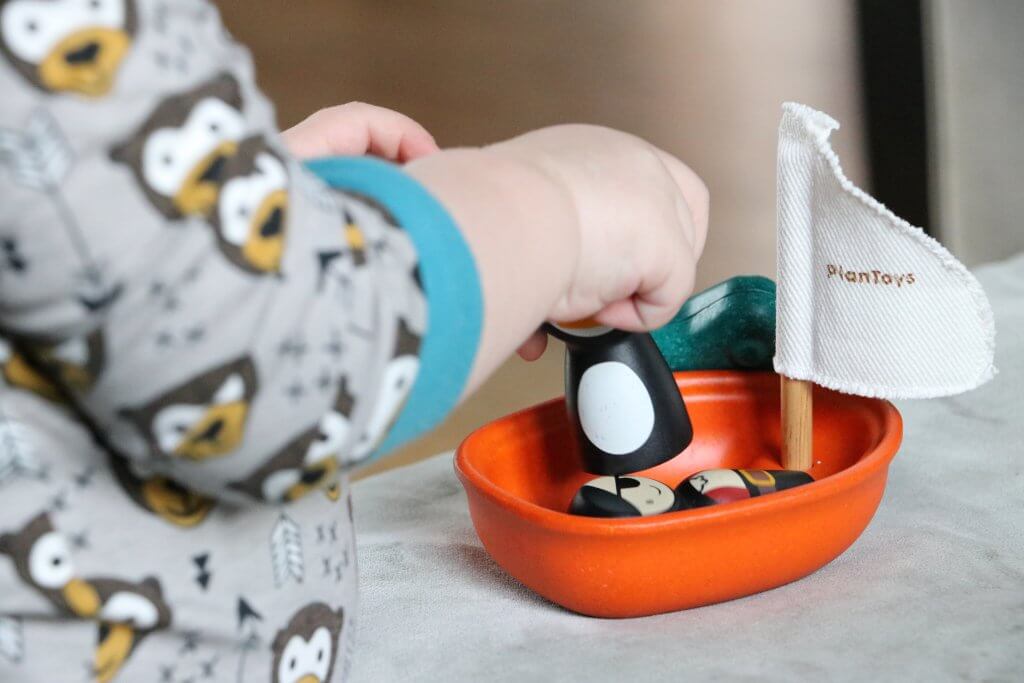
Attachment to things
My older daughter has an excellent memory. She recalls names of people she has met once and has detailed memories of her childhood experiences.
When she was younger, her strong memories attached to her toys. She knew the story of how she was given each gift, which made her more attached to her toys. It was difficult for her to want to get rid of anything.
As she’s gotten older, she has changed. She now is open to letting things go once she has deemed them ‘too babyish’. Instead, she argues with her sister when she has become the one to wants to hold on to everything.
My younger daughter, who used to not care about most of her toys, developed an attachment to everything and became all kinds of sentimental as her older sister was just starting to be willing to let them go. Decluttering sessions with the two of them is interesting, to say the least. No one escapes unscathed.
There are typically a couple of moments of frustration. Sometimes the older is frustrated with the younger for not letting go of things. Other times, I am annoyed when one or both of them seem to suddenly love all the toys I haven’t seen them touch for many months.

Using containers to limit storage
My younger daughter wants to hang on to every piece of art she has ever created. Even things her dad and sister have created and no longer want are special to her.
Trying to declutter the papers with her was not productive. However, I did come up with a solution that is working for us so far.
I took my daughters to Marshalls and let them each pick out a decorative box. I selected the size and let them select the pattern.
They were told they can each keep whatever papers or artwork they want in their boxes, but once it is full it is full and they can’t store any more than what will fit in there.
My goals in getting the boxes were:
- include them in the process
- teach them how to organize and manage their things
- respect their desire to keep things that are important to them
When decluttering most spaces, I suggest decluttering before purchasing any storage containers. I’ve found that working with kids, it works well to do it the opposite way.
We start with the number of containers I feel are appropriate for storing their items. Then we go through and put their toys away and if they have more toys than space, they can help decide what goes.
Having a defined amount of space allows them some control, but also provides boundaries. My goal is to teach my kids to be responsible and organized with their things starting at an early age.
Make it fun
Decluttering shouldn’t feel like a drag. Make it fun by turning it into a game. Listen to some music and take dance breaks. Don’t try to push them past their energy and focus limits if you want them to enjoy the process.
Keep it light and fun and you may even find they like to declutter!
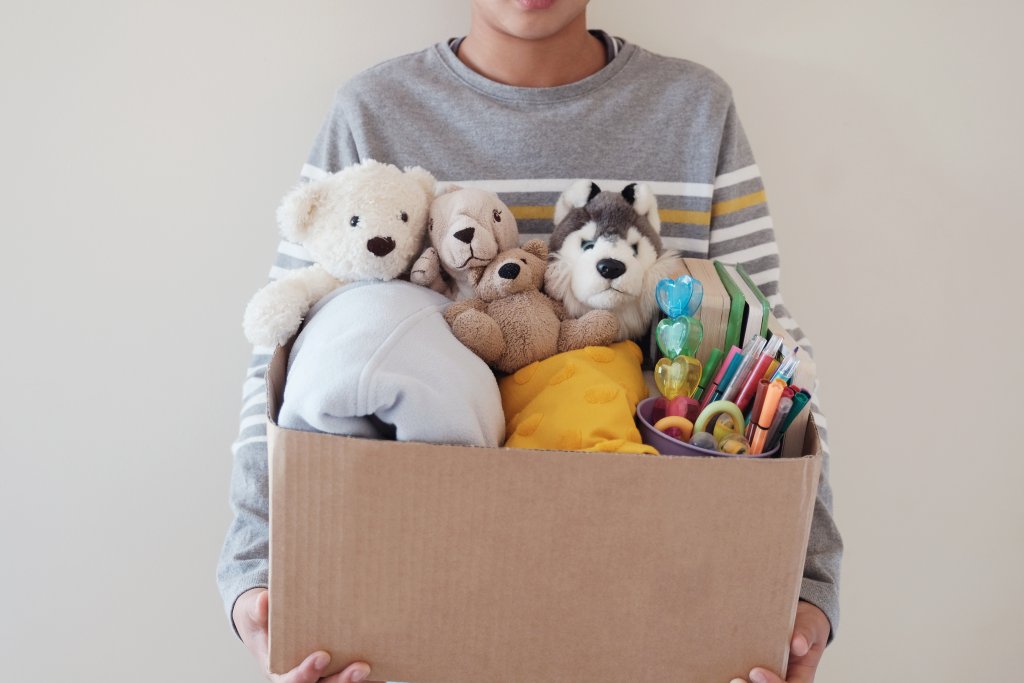
One in one out
Another way to help kids who struggle with decluttering is by having a general one in one out rule. As we prepare for birthdays and Christmas we go through their toys and select things to give away.
When they’re hesitant, I remind them that if we don’t get rid of anything then we won’t have space for anything new. The excitement of thinking about new things often makes them more willing to let go of the things they are no longer using.
Finding a new home for their toys
I have found that suggesting a new recipient for their toys can be helpful. They have a next-door neighbor they enjoy gifting items to as well as their younger cousins.
When they get to give things they loved to another kiddo that they love, they enjoy the process and it helps teach them generosity.
If we don’t know of anyone personally to give the items to, we often post on our local Buy Nothing group and the girls are always thrilled to hear about the new owner. Other times, we donate to local organizations that we support.
Stop the flow
To fully help kids who struggle with decluttering, we need to stop the flow of the clutter that is coming to them. This can get tricky. Many of us have a relative who really loves to spoil our kids.
While we may not want to offend or hurt that person’s feelings, we may also feel tired of having to continue to have our homes filled with more toys than we want our kids to have.
Rather than asking the relative to just stop gifting your kids anything, consider asking them to change their focus on buying toys to buying experiences for the child.
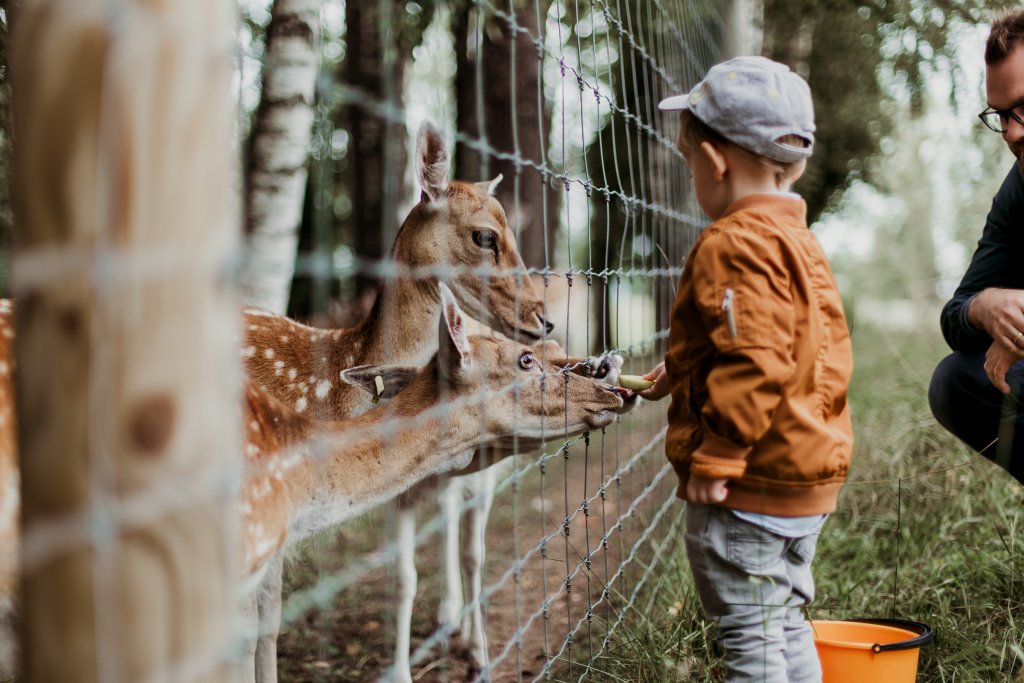
Maybe you have local movie theaters, bowling alleys, bouncy house places, indoor playgrounds, zoos, museums, music, dance, or sports lessons that you think your child would enjoy. Ask the family member if they would consider gifting the child one of those activities.
Children really do tend to enjoy experiences so much more than an additional toy. Also, most family members really are well-intentioned and want to bring joy to the child and not make your life harder.
Take pictures of your child enjoying their new adventure and send it to the gift giver. It is always so fun to see kids having fun with what you gifted to them.
For birthday parties, start a new tradition of requesting no gifts (your kid’s friends parents will be so grateful for this!).
Another option is to request donations for your local food bank so they have something to bring, but others can benefit. This also helps your child to consider others and help those who are in greater need.
Modeling
Children are always observing adults, whether or not we want them to. They watch what we buy and how we manage what we have. We model for them what conscious consuming looks like.
We set their expectations. If we give them whatever they want whenever they want they are likely to become ungrateful and grow to expect that this is how the world works. That it revolves around them.

If you want to look further into this topic and ways to try to avoid raising entitled kids, I recommend the book Raising Grateful Kids in an Entitled World by Kristen Welch.
We can best help kids who struggle with decluttering when we provide them with boundaries, demonstrate generosity, and model conscious consuming.
Want to keep up to date on the latest Simplicity Habit information? Sign up below and also receive the Declutter Plan of Attack worksheet!



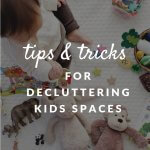



I love this post so much! I just started decluttering this month and thought with Christmas coming up it would be a great time to reduce the number of toys we have in our house. I framed it in the way you mentioned above, telling him that we need to make space for the new toys he was getting for Christmas and that we can take his old toys and give them to other kids to play with. He was all for it! We haven’t had a chance to give the toys away yet, but he asks me often when we will “give the toys to the kids.”
I’m so glad you found it helpful, Trinni. I’ve been amazed at how much my kids have learned and grown with decluttering over the years. It’s been great!